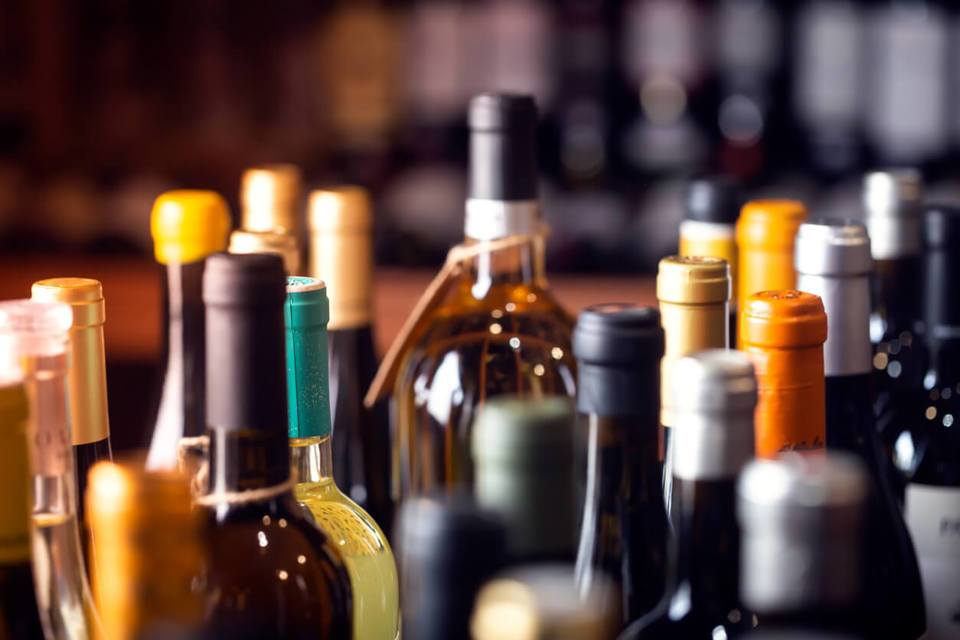More than one in six of all fatal crashes involved alcohol in 2020 compared to around one in seven in previous years, figures from the Department for Transport (DfT) suggest.
Final estimates for 2020 of road casualties in Great Britain involving illegal alcohol levels revealed 220 people died in crashes where at least one driver was over the drink-drive limit compared to 230 in 2019.
Over the same period, the total number of crashes where at least one driver was over the alcohol limit was 4,620 in 2020, an average of 12 crashes a day.
Of these crashes, an estimated 1,070 were serious accidents, representing an average of around 26 serious accidents a week and only a minor fall from 1,390 in 2019.
A total of 6,480 people were killed or injured in drink drive accidents, compared with 7,800 the year before.
Neil Greig, director of policy and research at IAM RoadSmart, said: “While there has been a small reduction in the number of drink-driving related deaths and injuries compared to 2019, when you factor in the reduction in traffic due to Covid-19, the role of alcohol in fatal crashes actually went up.”
According to separate DfT data, traffic was down by a quarter overall in 2020 - with weekdays slumping to 35% of pre-Covid levels in April.
“Possibly as a result, police carried out the lowest number of breath tests on record – nearly 50,000 fewer than in 2019,” said Hunter Abbott, managing director of breathalyser firm AlcoSense.
“Yet research shows a significant rise in alcohol consumption at home during lockdown, increasing the likelihood of ‘morning after’ drink driving.”
He added: “Police should also be testing more drivers involved in an accident. In 2020 this had declined to 39% compared with 54% in 2010.
“Of those actually tested following a collision 3,278 were over the limit – at 5.6%, that’s the highest failure rate for 10 years”.
The Scottish Government reduced the alcohol limit for drivers in 2014, from 80mg per 100 millilitres of blood to 50mg. However, the legal limit in the rest of the UK remains 80mg, the highest level in the developed world.
Scientific research shows that at the limit in England, Wales and Northern Ireland, despite not breaking the law, you are 13 times more likely to be involved in a fatal accident than when sober.
But in a poll conducted by AlcoSense, more than a third of motorists (36%) think their ability to drive is only impaired if they are actually over the legal drink drive limit.
Greig said: “There is no one simple answer to reducing these figures, but IAM RoadSmart believes a much smarter package of measures is needed from the Government including a lower drink-drive limit to reinforce good behaviour, fast-track of evidential roadside testing machines to release police resources and tailored approaches to help drivers with alcohol problems.
“Rehabilitation courses work, and we believe all those convicted of drink-driving should be sent on one automatically rather than having to opt in.
“More use of alcolocks – which require the driver to blow into a mouthpiece on the device before starting or continuing to operate the vehicle – and extra penalties such as vehicle forfeiture could all be part of a more joined-up approach to the problem.
“Hard core drink-drivers are simply not getting the message, and these figures will not improve until policy changes.”
Analysis by Brake shows that, between 2012 and 2019, there were a staggering 46,860 drink-driving-related crashes, causing 1,860 deaths and 13,340 serious injuries.
Jason Wakeford, head of campaigns at road safety charity Brake, said: “We need to change the culture around drink-driving, starting with more awareness that any amount can be deadly.
“While measures such as effective ongoing police enforcement and public information campaigns, including Think!, are helping to reduce deaths and injuries, Government should follow Scotland’s lead and reduce the legal limit. Such a move would make it clear to drivers that no amount of alcohol is safe when behind the wheel.”





















Login to comment
Comments
No comments have been made yet.